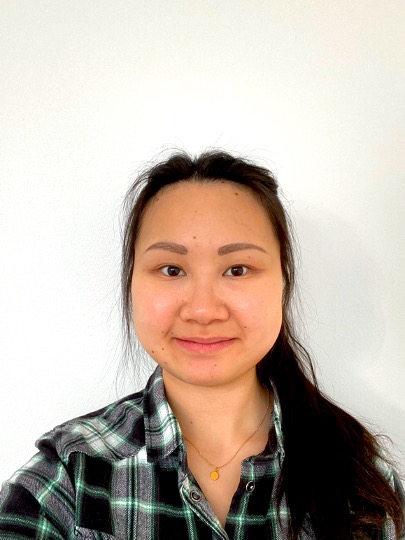Date
- 2023 Oct 20
- Expired!
Time
- 13:00
Presenter

Isabella Kwan
More Info
Licentiate seminar: Isabella Kwan – Bark Biorefinery
KTH | WWSC
The licentiate seminar is taking place at Treesearch meeting room, Teknikringen 38 a, KTH, Stockholm and is possible to follow online via Zoom.
Opponents: Professor C. Magnus Johnson, ; Professor Anette Larsson, Chalmers tekniska högskola
Supervisor: Professor Monica Ek
Abstract:
To fulfill the United Nations’ 17 sustainable development goals, there is a need to transition from a petroleum-based society toward a more sustainable one which requires new solutions and the production of materials, chemicals, and energy from renewable resources. Using side-stream products from industries to produce value-added products will be economically beneficial. Furthermore, finding more environmentally friendly process routes will aid industries in achieving their goal of reducing carbon dioxide emissions and contributing to a more sustainable society.
Tree bark is the outer protective layer of a tree and today, mills and factories incinerate the bark to produce energy. Norway spruce (Picea abies) bark consistsof cellulose, lignin, hemicellulose, and extractives. Applying the biorefinery concept makes it possible to extract and isolate these compounds in the bark and utilize them to produce high-value materials and chemicals.
This thesis applies the biorefinery concept to isolate cellulose and lignin from spruce bark by using mild extraction processes and more eco-friendly chemicals.
Cellulose is the most abundant compound in spruce bark and has great potential to be used in various applications. The isolation of cellulose fibers from bark was in the present work carried out by first removing the extractives and non-cellulosic polysaccharides via sequential extractions using acetone and subcritical water. Nanocellulose was isolated from the bark cellulose and used to produce Pickering emulsions successfully. This proves that using side-stream products such as bark is feasible to produce high-value products like emulsions.
Lignin is the second most abundant compound in the spruce bark. Following the acetone and subcritical water extractions, a mild cyclic organosolv extraction sequence was applied to be able to recover spruce bark lignin. The lignin extracted was comparable to lignin extracted from wood. Stilbene glucosides incorporated in the bark lignin provide the lignin with additional beneficial properties, i.e., antimicrobial and antioxidative. This elevates the value of the lignin further and makes it suitable for a variety of different applications.

